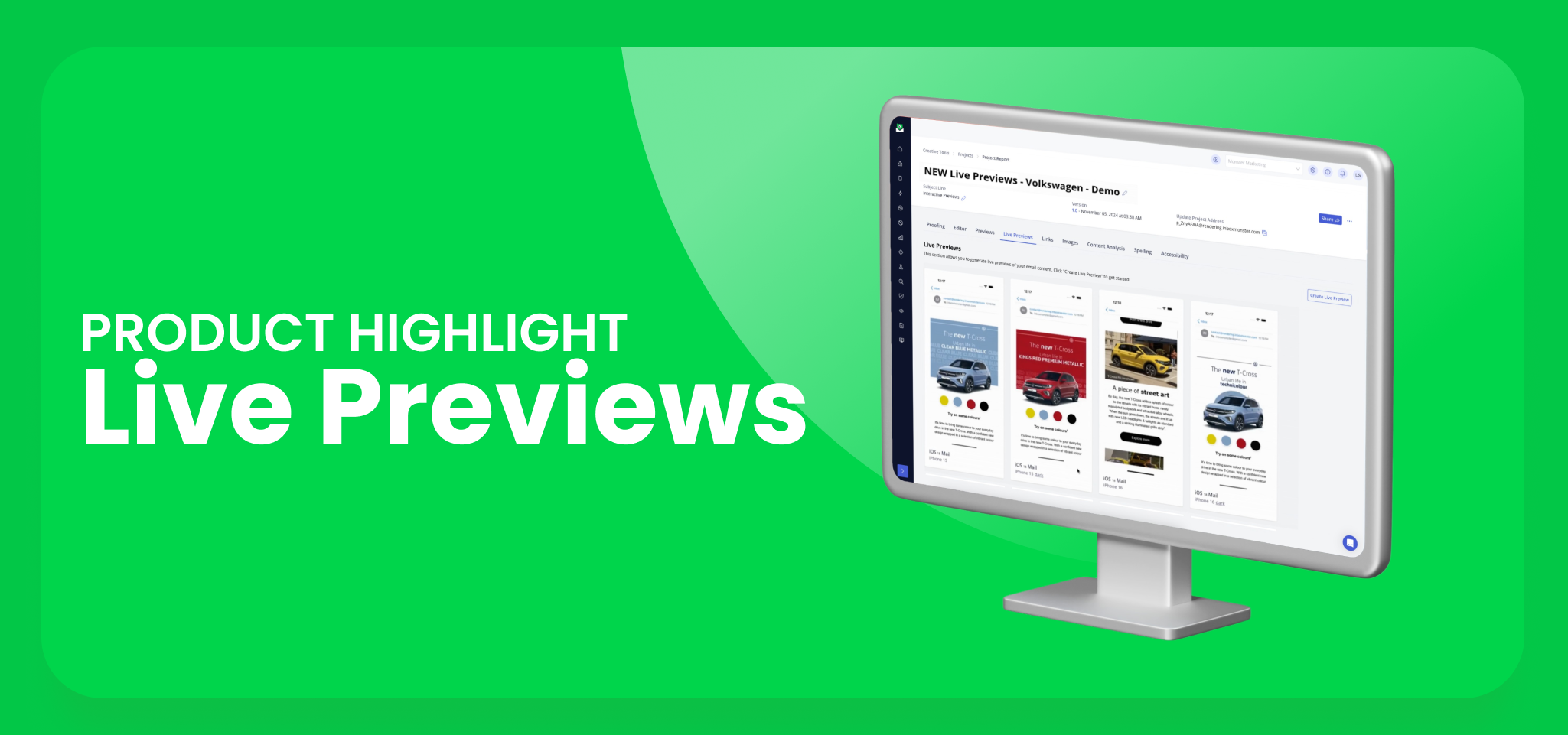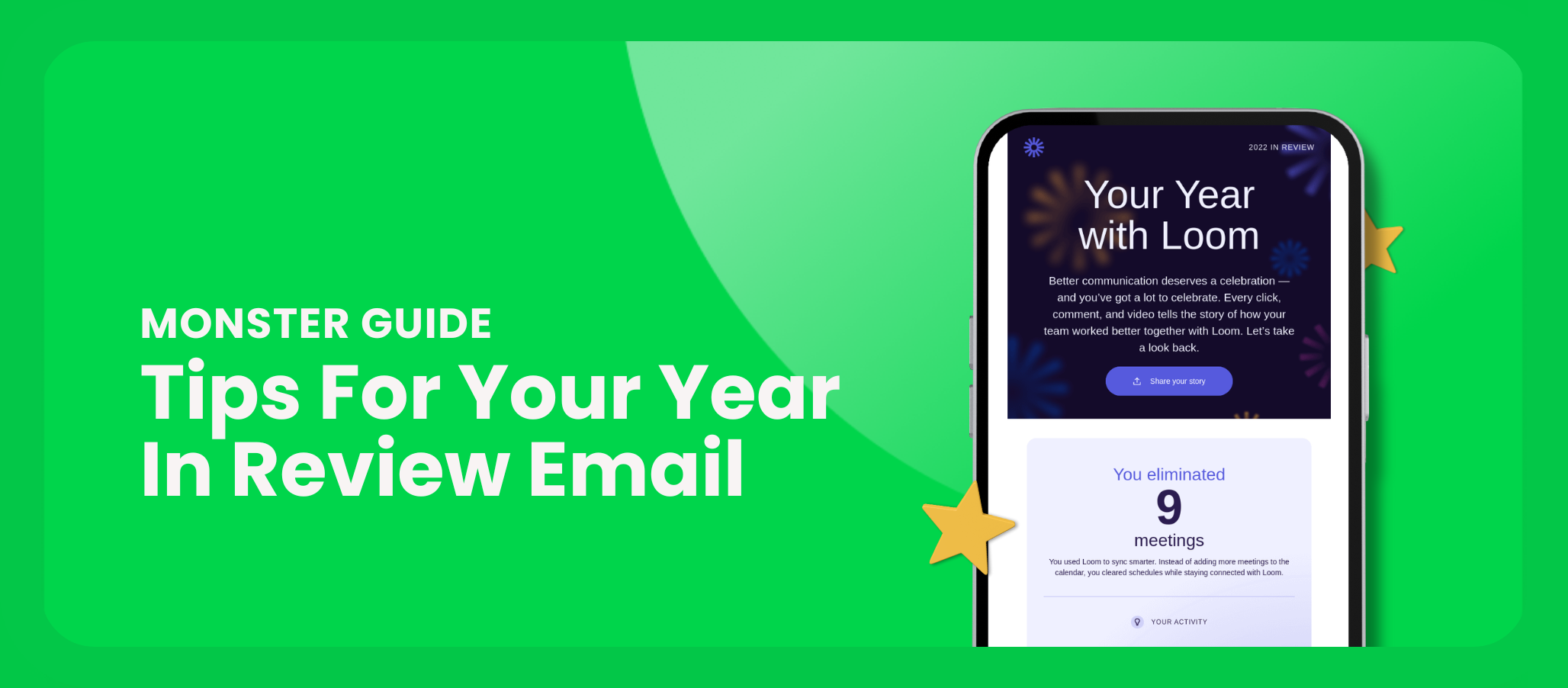You might have heard that Google and Yahoo just dropped major news about their upcoming requirements for bulk email senders. Here’s the big headline: Starting in February 2024, anyone mailing to more than 5,000 subscribers a day will have to comply with a few extra provisions if they want to land in the inbox at Gmail and Yahoo. These updates mean that there will be even more transparency and trust between the email sender and receiver, which is a good thing from our view. Here’s a summary of the three biggest items on Google and Yahoo’s announcements:
Ensure Emails are Properly Authenticated
Email sending configurations and authentication protocols have been established for many years and have been well known as recommendations to ensure proper email delivery. With Google and Yahoo’s announcements, these recommendations become requirements. These configurations are often the unsung heroes of any email program. Proper authentication won’t fix all your deliverability problems, but they certainly can cause them if your mail system is misconfigured. Requiring proper authentication and sender validation is a healthy reminder from Google and Yahoo that these technical steps matter, and don’t go unnoticed by the inbox providers.
What to do:
If you already authenticate your emails using SPF, DKIM and DMARC, you should be good to go. We recommend taking these steps even further by using a stricter DMARC policy, or by implementing BIMI and the Google Verified Checkmark. Who knows, maybe these will be required in the future too… While having a DMARC record on sender domains will soon be required, we always encourage senders to not only have a DMARC record but to also monitor the data coming from it. You can configure your DMARC record to send you very useful data from the receiving ISPs to inform you how many of your emails are passing all authentication methods, how many emails are failing authentication and potentially represent malicious uses of your email domain.
MONSTER TIP: Inbox Monster can help you monitor your authentication steps on every campaign, to ensure nothing is breaking down.
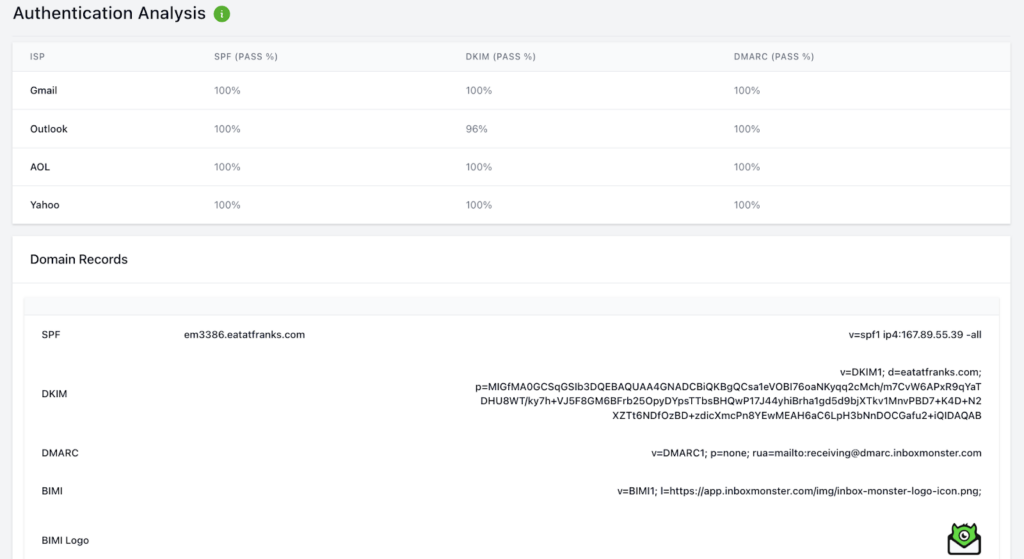

Enable One-Click Unsubscribe
The one-click unsubscribe feature is nothing new, but Google and Yahoo will soon require it from all bulk senders. This means that your outbound email header must include what’s called a List Unsubscribe header going forward. This enables options for recipients to unsubscribe easily without having to search for the unsubscribe option in the body of an email. First, a list unsubscribe header allows ISPs like Google and Yahoo to offer their users a one-click unsubscribe mechanism within their inbox like below:  Second, a list unsubscribe header can be used to allow recipients to reply directly to the sender and unsubscribe simply by replying to an email they received. Don’t panic: We maintain that an unsubscribe is far better than an email receiver marking your message as spam, or ignoring your mail altogether. If someone doesn’t want to receive your mail, Google and Yahoo are going to make the opt-out process as easy as possible for them using these built-in functionalities within their mailboxes.
Second, a list unsubscribe header can be used to allow recipients to reply directly to the sender and unsubscribe simply by replying to an email they received. Don’t panic: We maintain that an unsubscribe is far better than an email receiver marking your message as spam, or ignoring your mail altogether. If someone doesn’t want to receive your mail, Google and Yahoo are going to make the opt-out process as easy as possible for them using these built-in functionalities within their mailboxes.
What to do:
The one-click unsubscribe will require additional fields in your email header record that provide unsubscribe information to the inbox provider, and back to the email sender. Many ESPs already provide this feature, so you might be all set and not even know it. Open an email sent from your domain and check the header record for the following fields:
- List-Unsubscribe-Post:
- List-Unsubscribe:
If these fields aren’t present in your header, it’s worth connecting with your ESP to ensure you’ll be covered by 2024.
MONSTER TIP: Inbox Monster lets you easily check all the header record data for our various seed addresses, spanning all major ISPs. If you’re not including the required fields in your header record, you’ll be able to tell in a few easy clicks.
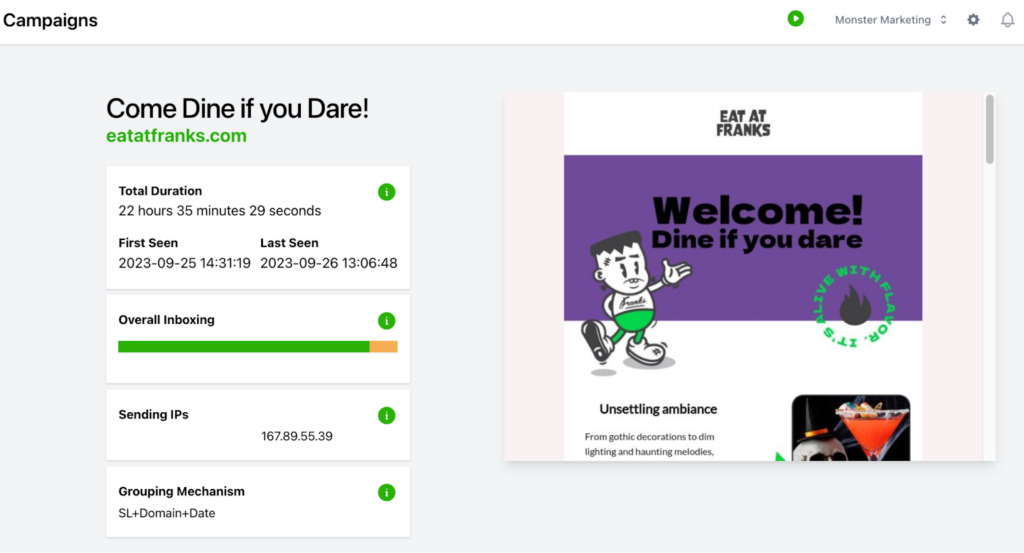

Start Monitoring Spam Complaint Rates
In 2024, Gmail will enforce a spam complaint threshold of 0.3%. Google Postmaster Tools makes it easy to monitor your domain’s spam complaint rate from Gmail addresses. But many senders don’t take advantage of this free service. It’s always been important to listen and react to the feedback from your email list, but Gmail will soon make it clear that these complaint rates really matter. Mailers will need to stay vigilant and work to keep spam complaint rates low, or risk landing in the spam folder. This could have a big impact on senders who aren’t paying attention.
What to Do:
The good news is that Gmail spam complaint data is readily available using Google Postmaster Tools. If you aren’t currently monitoring, now is the time to create an account and start watching the “User Complaint Rate” metric to understand which sends and audience segments lead to higher spam complaints.
MONSTER TIP: Inbox Monster can help you stay on top of your Google Postmaster Tools and Microsoft SNDS spam complaint rates, all under one roof:
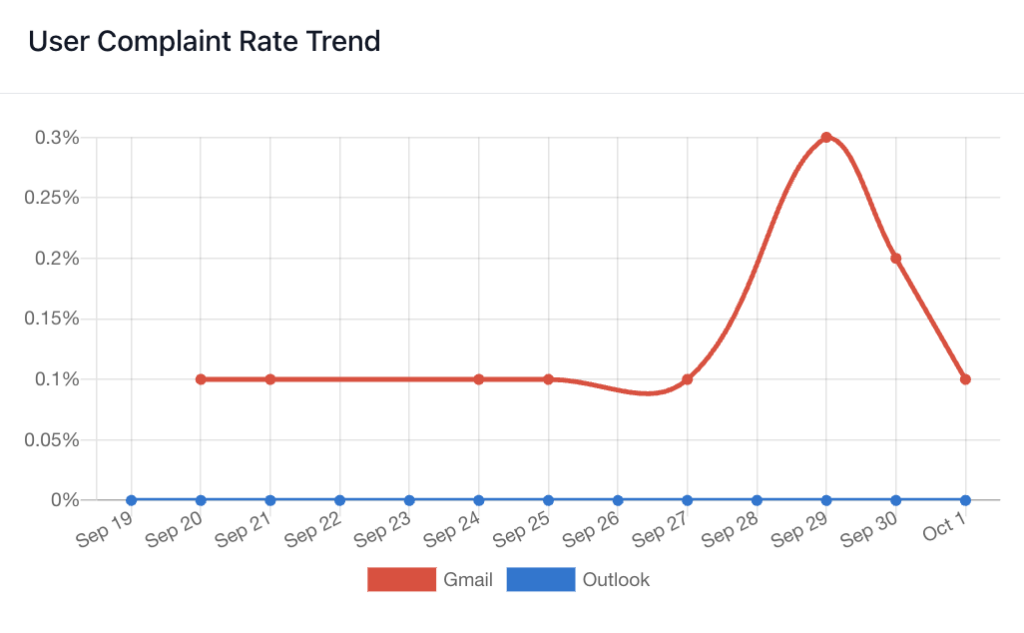 It’s important to note that many of these provisions are already considered industry best practice. Gmail and Yahoo are working to require these best practices, in order to create the safest possible email environment for their users. The full list of requirements (and all the juicy technical details) from both Gmail and Yahoo can be found here.
It’s important to note that many of these provisions are already considered industry best practice. Gmail and Yahoo are working to require these best practices, in order to create the safest possible email environment for their users. The full list of requirements (and all the juicy technical details) from both Gmail and Yahoo can be found here.



